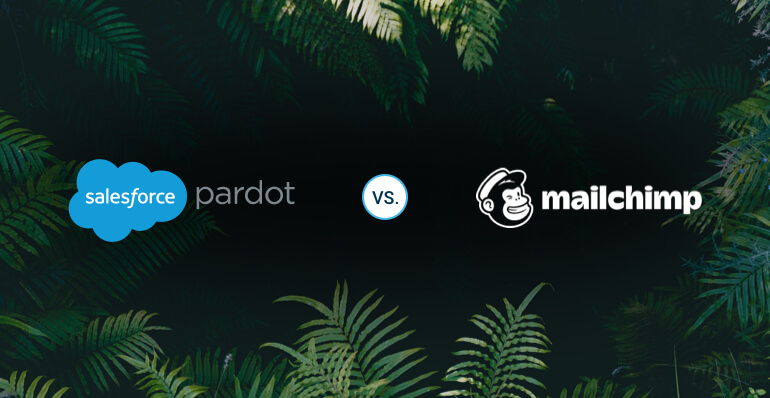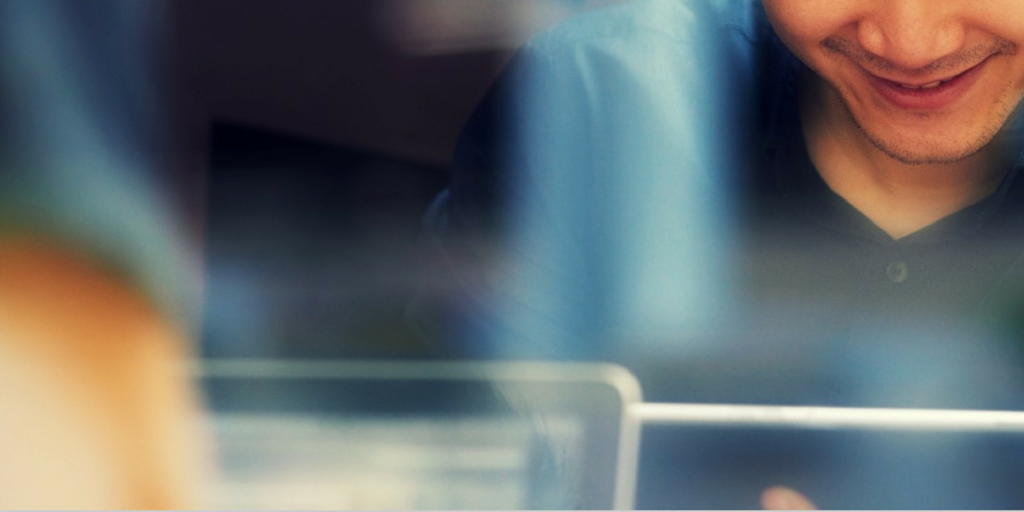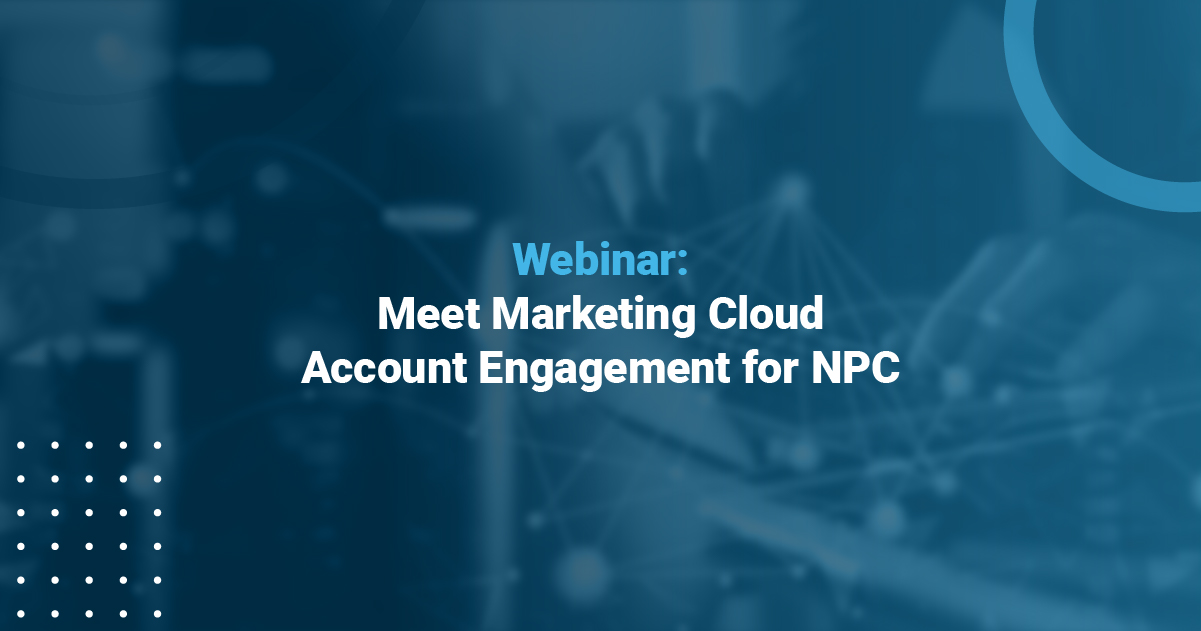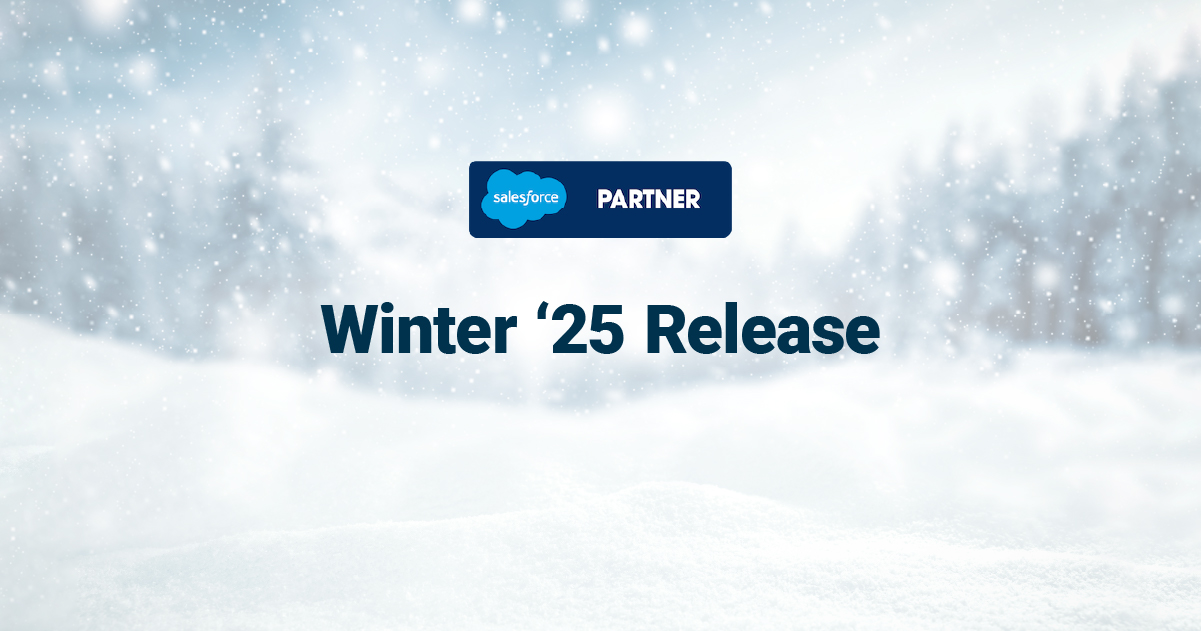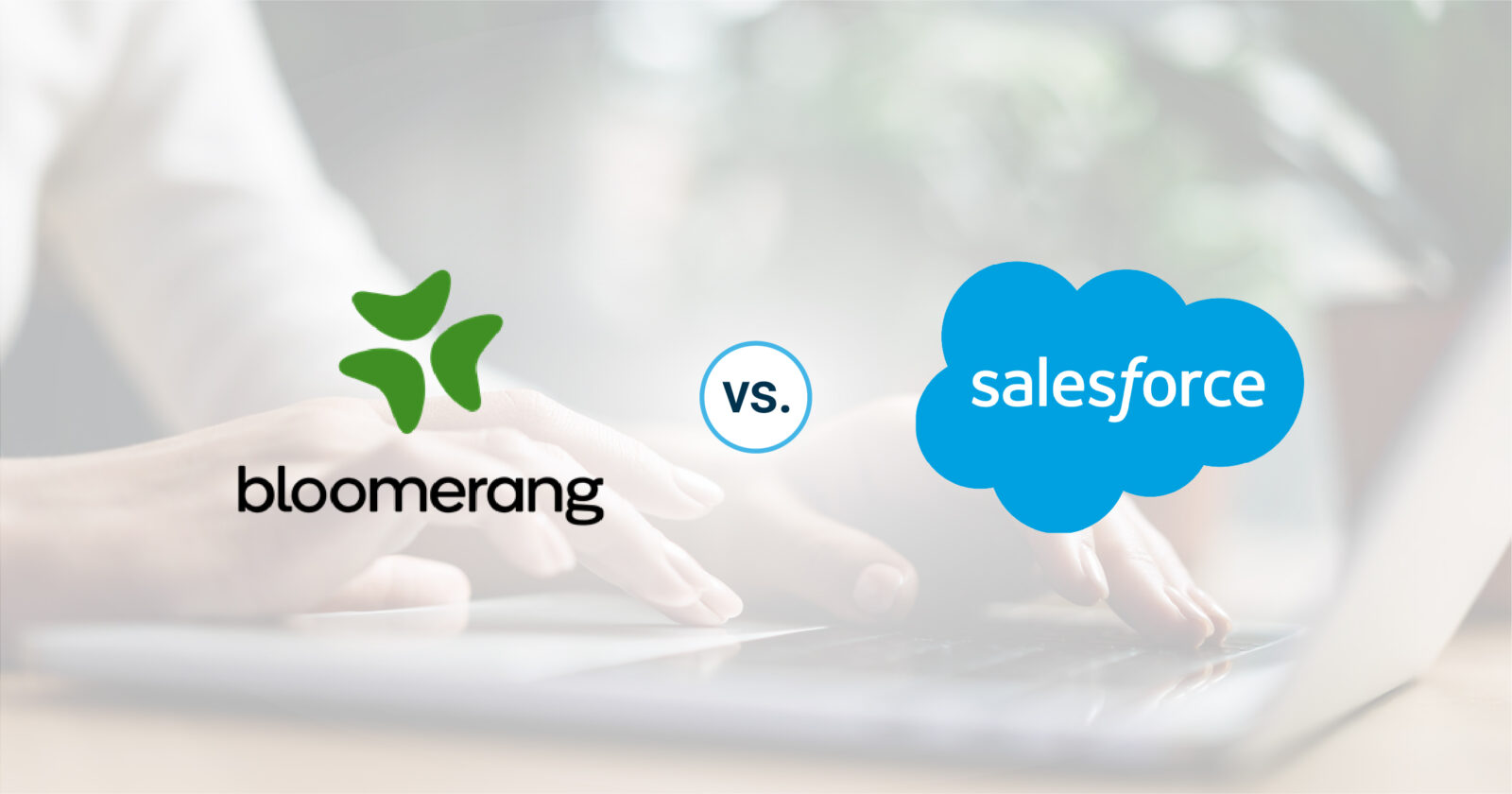Mastering Automation with Personalized Content
Content, blogs, social media, email marketing and websites – we are all trying to stay on top of this with the effort to attract and engage our targeted customers. Over the past year we have spoke a lot about personalization which is also known as dynamic content and the positive effects it will have on your business. Assuming that now your company has a robust library of content now is the time to start planning out how you will personalize and automate delivery of it for better one-to-one marketing.
Here is an Example
Your CRM reports that 130 people will get an email marketing campaign on a specific offer that your company is promoting. Within this example we will highlight three people – Joe, Samantha and Sophia. Neither of these individuals took advantage of your recent offer and how they interacted with your email marketing campaign was different:
- Joe opens the email, clicks a link that puts him onto your website but then he leaves after 5 minutes without acting on the promotion.
- Samantha opens the email but deleted it from her inbox.
- Sophia deletes the email and does not even open it.
With your automated and personalized strategy you have therefore implemented rules that create different follow-up messages based on their different responses. Therefore:
- Because Sophia didn’t open the email, and as it turns out she has never opened an email from your company she is automatically added to a distribution list called “cold – needs nurturing” and an email is sent to her in 4 weeks with a more direct call-to-action that will hopefully entice her to open the email.
- Samantha, on the other hand, opened the email but she did not interact with it. Therefore, she is placed in a follow-up list of individuals who will get another email in 4-days with a more direct call-to-action.
- Finally, Joe spent time on your website, visited 4 different pages and we tracked that he came back and visited the offer 3 times in the last 2 days. So Joe is someone who seems interested and worth a sales person’s attention. So a task is automatically created for the sales person in his region to call him today.
By implementing an automated and personalized strategy companies are ablle to much better deliver the right types of targeted messages to those who are interested while alos filing away those people who are not and spending precious time with those who are ready to buy.


